Cherry blossom trees hold a special place in cultural, botanical, and aesthetic landscapes around the world. Far more than just a delicate spring display, cherry blossom blooms tell stories of science, history, symbolism, and surprising quirks you might never have suspected. In this article, we’ll reveal 25 Best Cherry Blossoms Facts That You Definitely Never Knew Before, each one aiming to enrich your appreciation of these ephemeral petals.
From hidden genetic secrets to cultural traditions, and from surprising ecological roles to quirky historical anecdotes, these facts go beyond the usual “beauty in spring” narrative. Whether you consider yourself a cherry blossom enthusiast or you simply enjoy learning something new about nature, there’s something here to intrigue you.
Table of Contents
Table of Contents
1. Cherry Blossoms Aren’t Always Pink
While pink is the color most people associate with cherry blossom, not all varieties share the same shade. Some bloom in pure white, pale yellow, or even deep magenta tones. The Yoshino cherry, Japan’s most famous variety, opens with a soft blush and turns white as it matures. Each species carries its own delicate hue, shaped by genetics and regional conditions.
2. Cherry Blossoms Symbolize Renewal and Impermanence
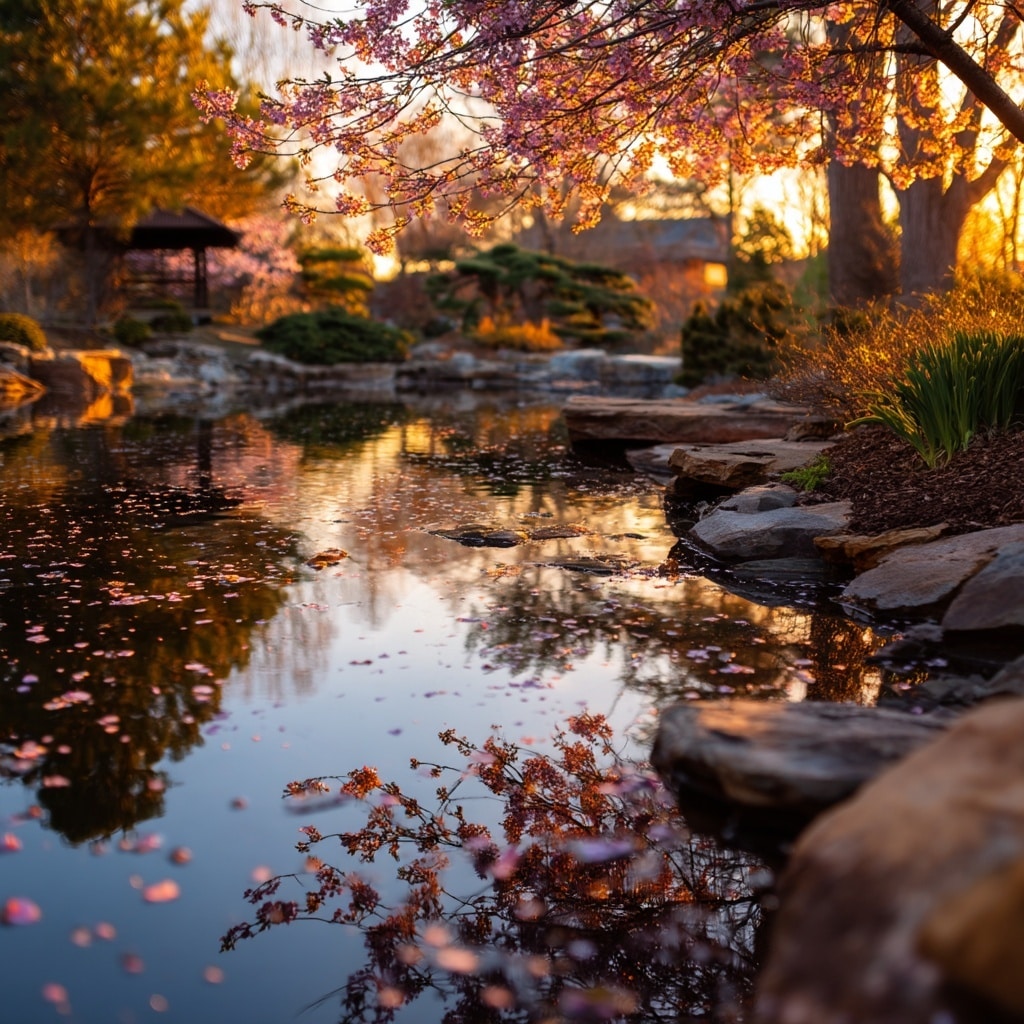
In Japanese culture, the fleeting life of cherry blossom petals is a symbol of renewal, beauty, and the transient nature of existence. This symbolism has inspired centuries of poetry, art, and celebrations during hanami, the traditional flower-viewing festival. Their short bloom period—often just one to two weeks—reminds us to cherish life’s most beautiful moments before they fade.
3. Washington, D.C.’s Blossoms Were a Gift from Japan
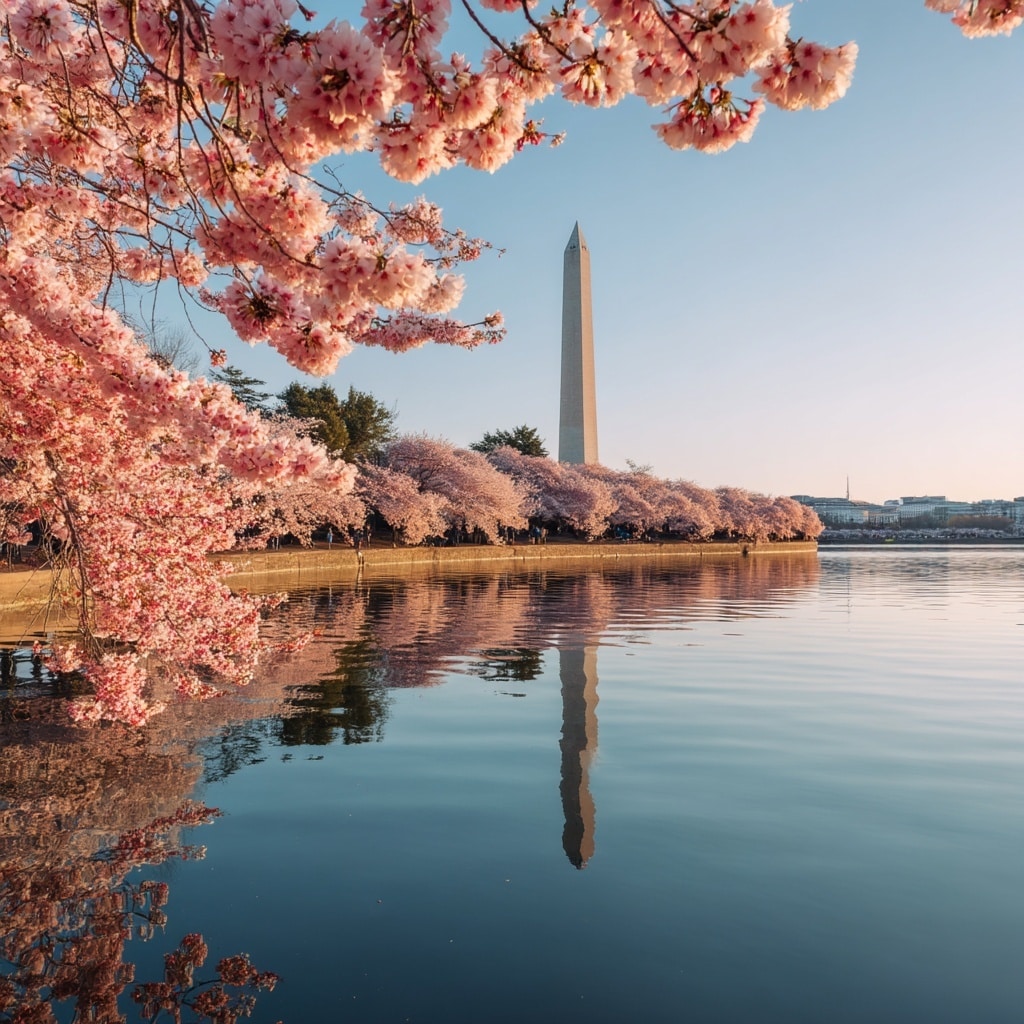
In 1912, Japan gifted over 3,000 cherry blossom trees to the United States as a gesture of friendship. These trees were planted along the Potomac River in Washington, D.C., where they continue to bloom every spring. Today, the annual National Cherry Blossom Festival attracts over a million visitors, symbolizing peace and cultural connection between the two nations.
4. Cherry Blossoms Have Over 400 Different Varieties
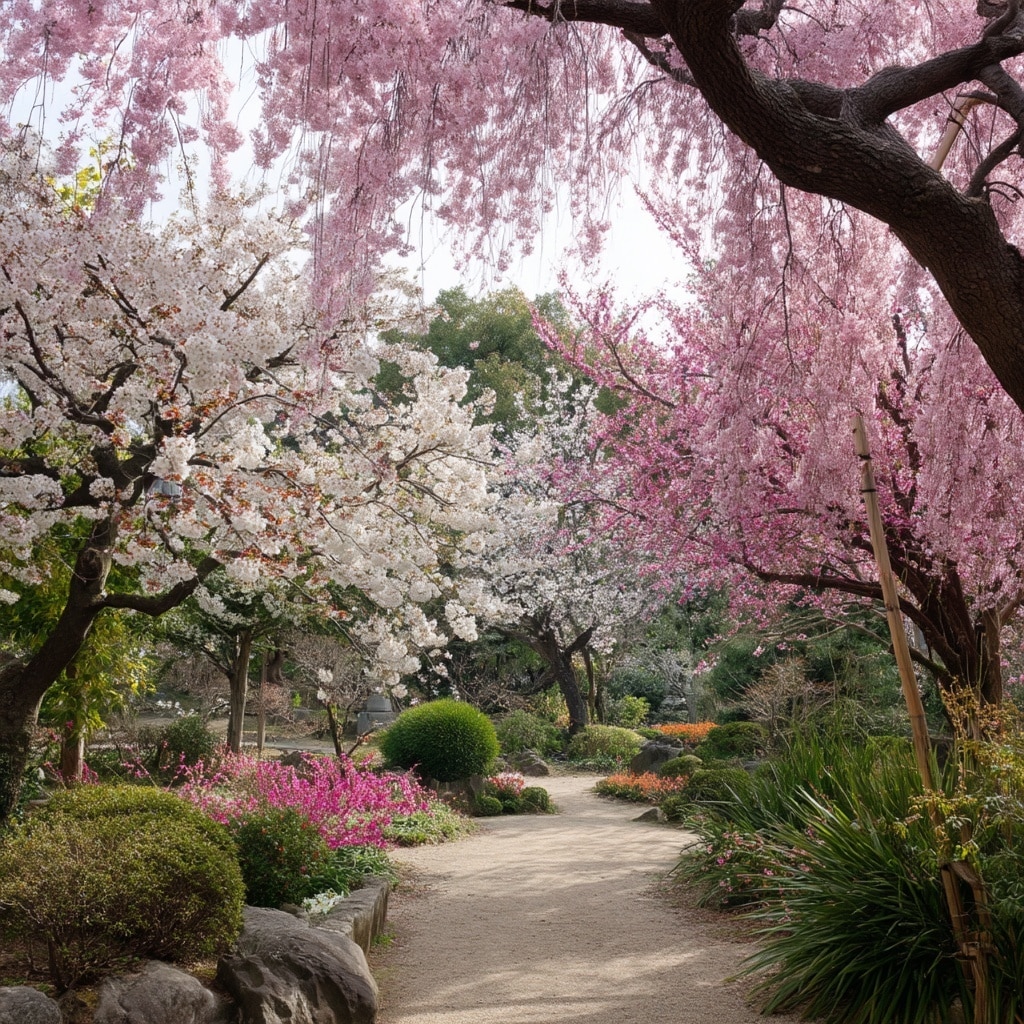
Globally, there are more than 400 recognized species and hybrids of cherry blossom trees. Japan alone is home to hundreds of cultivars, each bred for unique petal colors, shapes, and bloom times. Some varieties flower early in March, while others bloom well into May, ensuring a long season of breathtaking displays.
5. The Blooms Are Edible
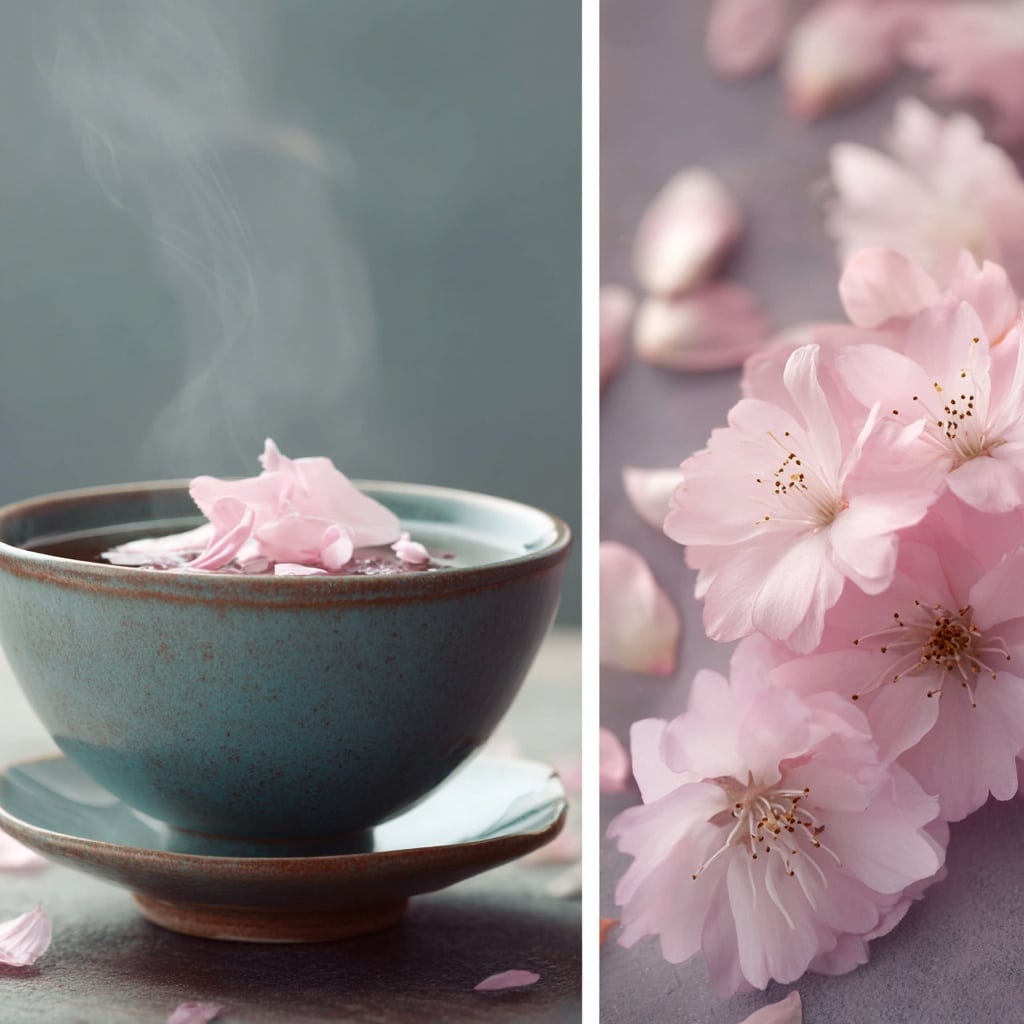
Surprisingly, both cherry blossom petals and leaves can be eaten. In Japan, they’re often pickled in salt and plum vinegar to make sakura tea or used to flavor sweets and rice cakes during spring celebrations. Their delicate floral aroma adds a subtle yet distinctive note to many traditional recipes.
6. Cherry Blossom Season Depends on the Weather
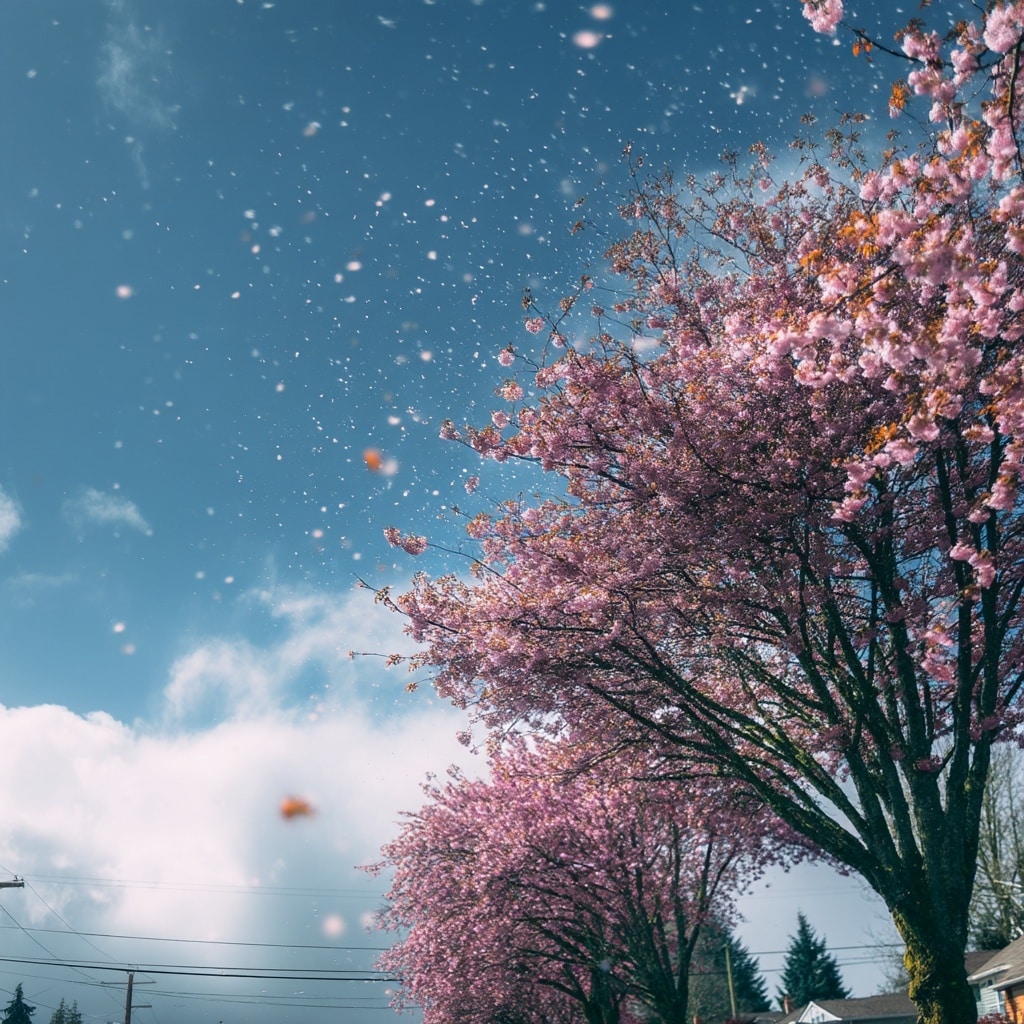
The blooming of cherry blossom trees is heavily influenced by temperature. A mild winter followed by an early spring can cause blossoms to appear weeks ahead of schedule, while colder seasons delay them. In Japan, the Japan Meteorological Agency even issues detailed forecasts called sakura zensen, tracking the “cherry blossom front” as it moves northward through the country.
7. Some Trees Bloom Twice a Year
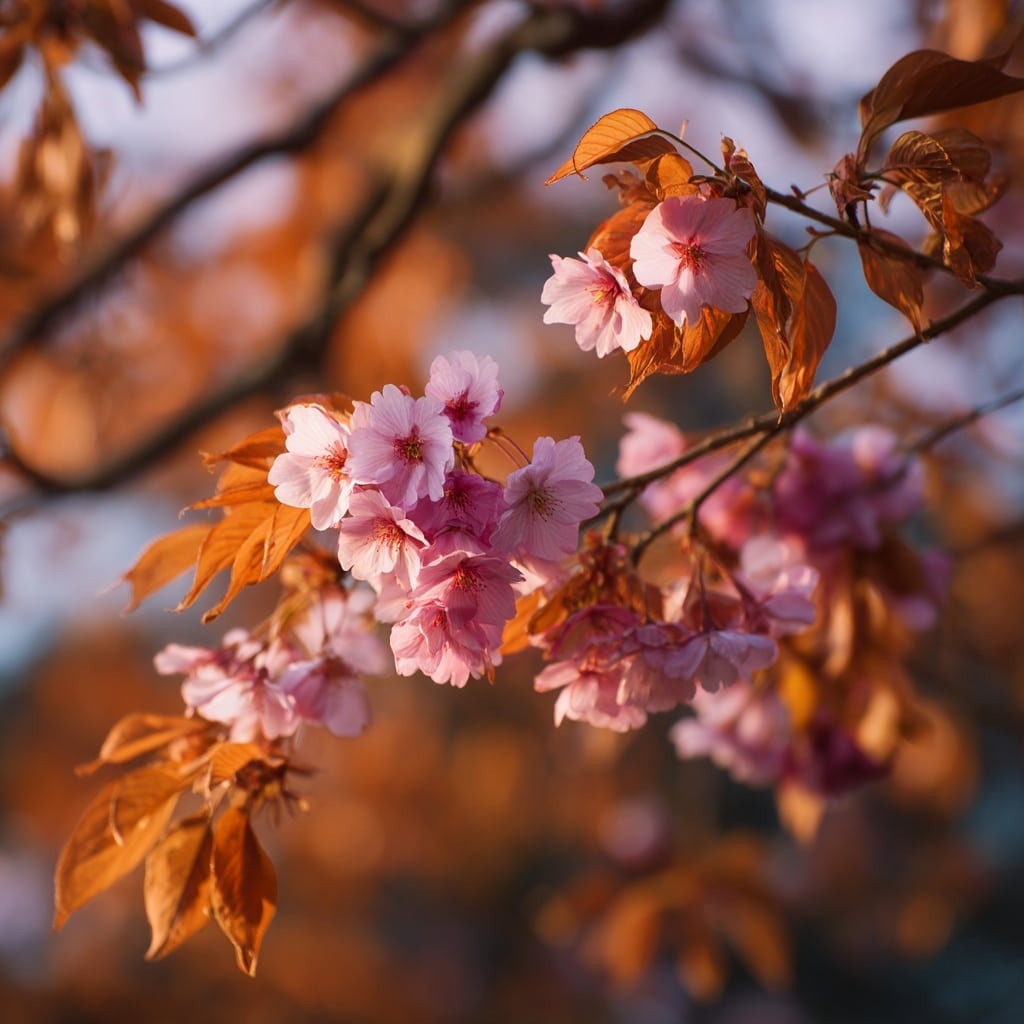
Although most cherry blossom trees bloom once in spring, certain varieties—like the Jugatsu Zakura—can bloom again in autumn. These rare double-blooming trees produce small clusters of delicate flowers, offering a surprise burst of beauty as the year winds down.
8. They Don’t Produce the Same Cherries You Eat
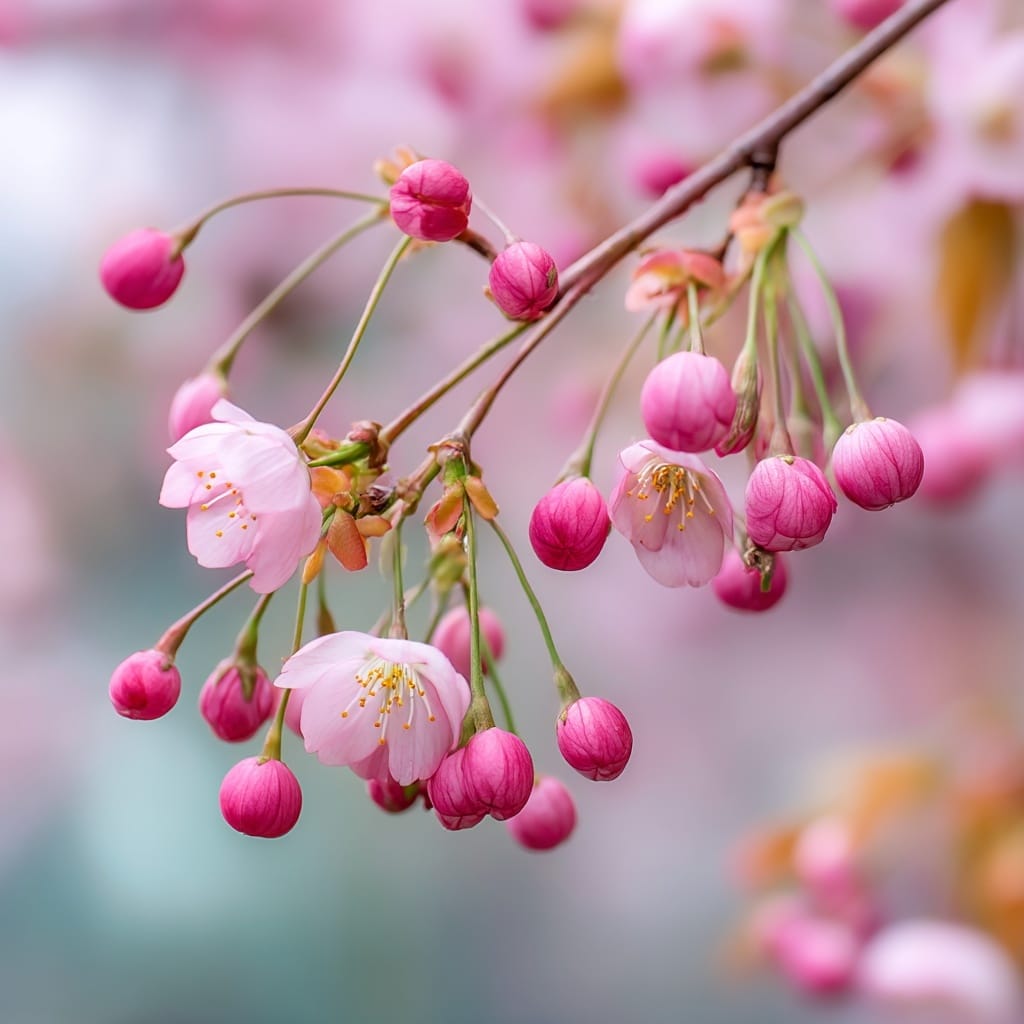
Despite their name, ornamental cherry blossom trees don’t bear the sweet fruit found in grocery stores. The small cherries they produce are usually bitter and meant for birds rather than humans. Edible cherries come from a different species, Prunus avium or Prunus cerasus, cultivated specifically for fruit production.
9. The Average Bloom Lasts Only About 10 Days

A full cherry blossom display typically lasts just over a week before wind or rain scatters the petals. This brief window is why timing is so important for festivals and photography. The short bloom period is often seen as a metaphor for life’s fleeting beauty—a reminder to pause and appreciate the present.
10. The Cherry Blossom Tree Belongs to the Rose Family

You might not expect it, but the cherry blossom tree is a proud member of the Rosaceae family—the same family as roses, apples, and almonds. This connection explains the tree’s fragrant aroma and delicate petal structure, linking it to some of the world’s most beloved flowering plants.
11. Cherry Blossoms Can Survive in Snow
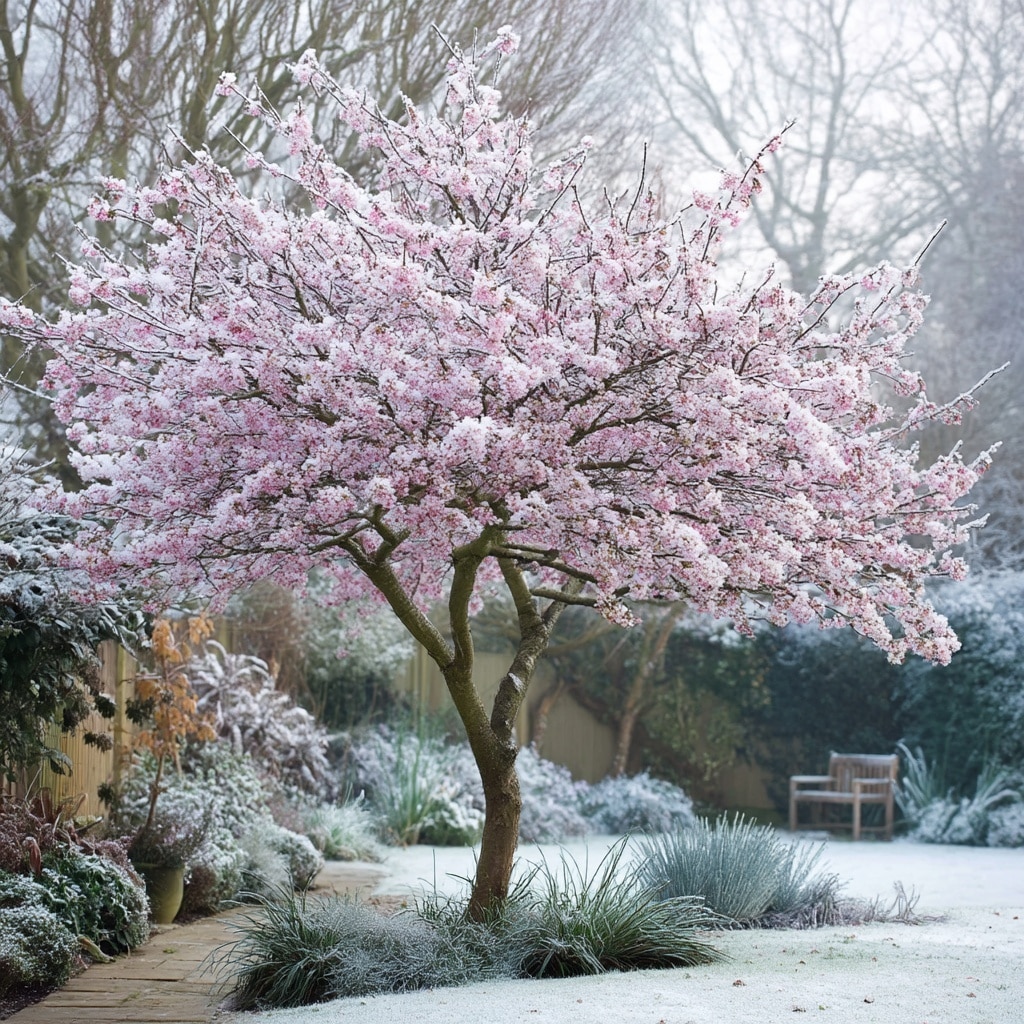
Even though cherry blossom petals look fragile, many varieties are surprisingly hardy. Some bloom early enough to face late spring snowfalls yet continue to thrive. Their branches and buds are built to withstand short periods of frost, making them stronger than they appear and a true testament to nature’s resilience.
12. The Oldest Cherry Blossom Tree Is Over 1,000 Years Old

In Japan’s Yamanashi Prefecture stands the legendary Jindai Zakura, believed to be more than a millennium old. This ancient cherry blossom tree still blooms every spring, drawing visitors from around the world. Local legend says it was planted by a historical hero, and it’s now designated as a national treasure for its age and beauty.
13. Cherry Blossoms Have Deep Symbolism in Samurai Culture
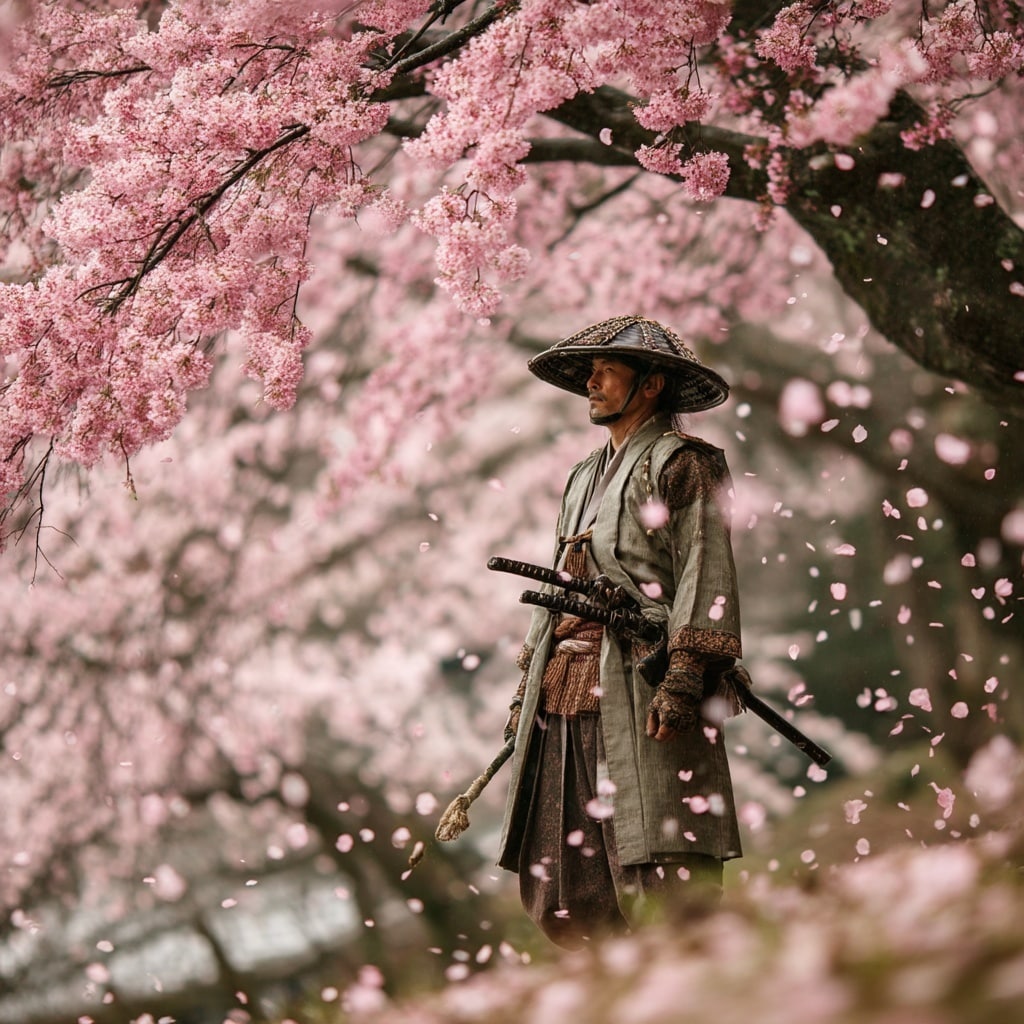
For the samurai, the cherry blossom embodied the ideal of a noble, fleeting life. Just as petals fall gracefully after their brief bloom, samurai viewed life as precious yet impermanent. This philosophy—called mono no aware—remains woven into Japan’s cultural fabric, influencing literature, art, and even modern values.
14. Some Cherry Blossom Varieties Glow at Night
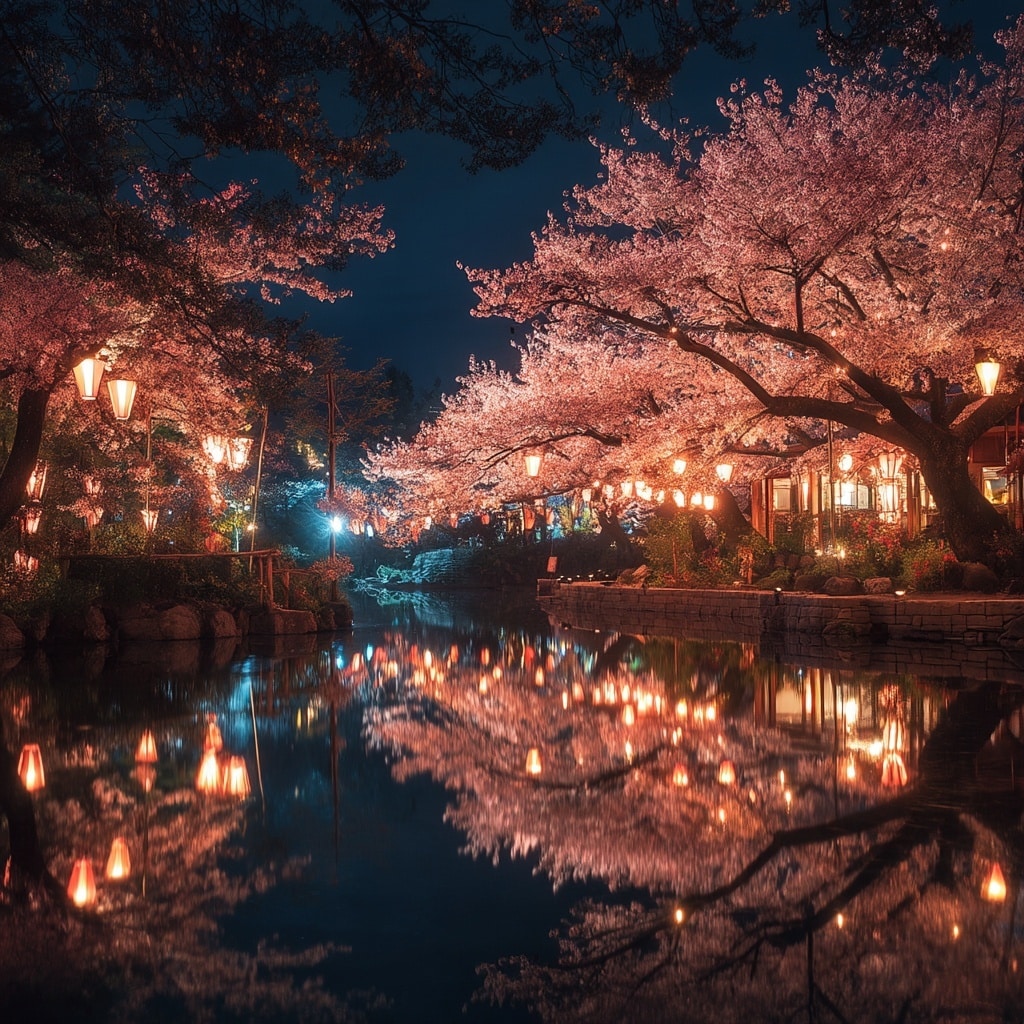
Certain hybrid cherry blossom species have petals that seem to glow under moonlight or soft lighting. This phenomenon, called yozakura, is celebrated with nighttime viewing events where people gather beneath illuminated trees to appreciate their ethereal beauty. The contrast of pale petals against the dark sky creates an unforgettable scene.
15. You Can Grow Cherry Blossoms Indoors
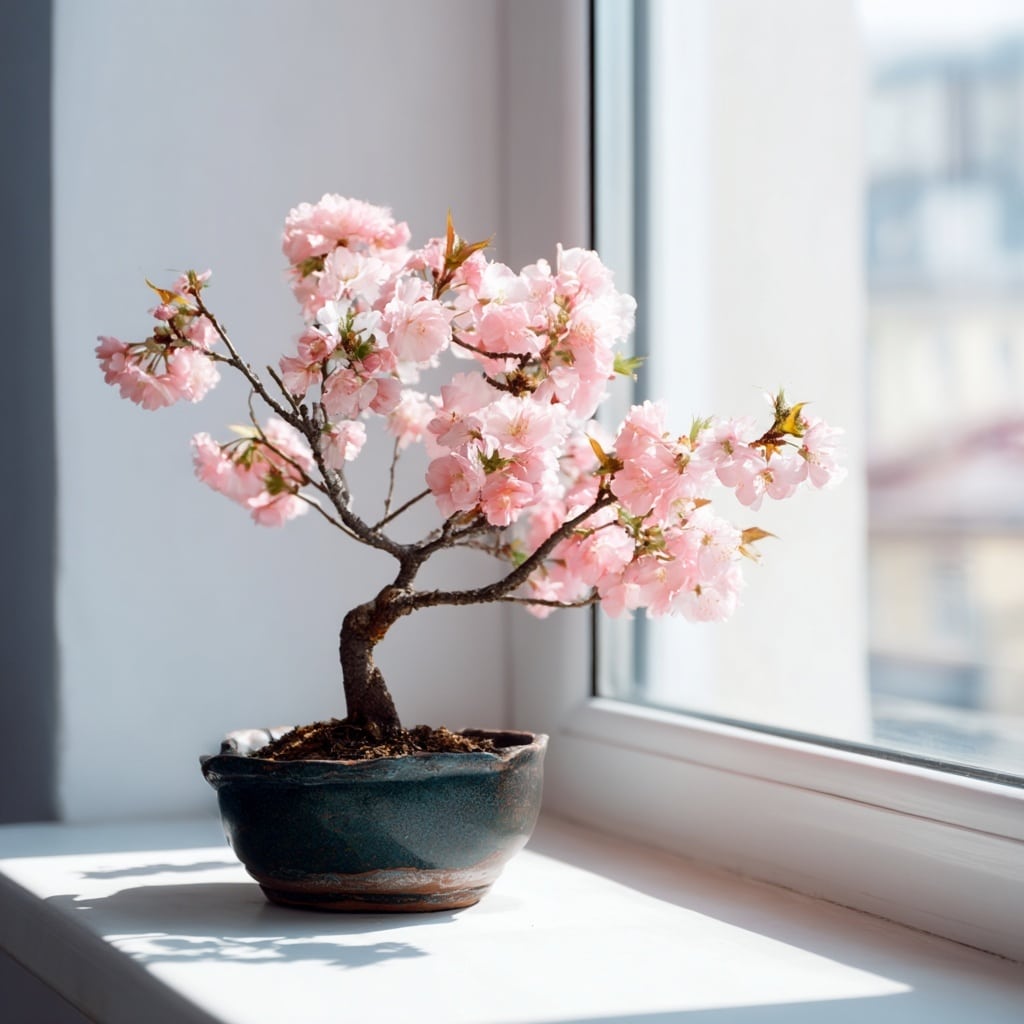
While traditionally outdoor trees, dwarf cherry blossom varieties can be grown indoors with proper care. Miniature cultivars thrive in large containers near bright windows, and some gardeners even bonsai them. Regular pruning, sunlight, and a cool resting period are key to maintaining their health and bloom cycles indoors.
16. Cherry Blossoms Inspired a Global Tourism Boom
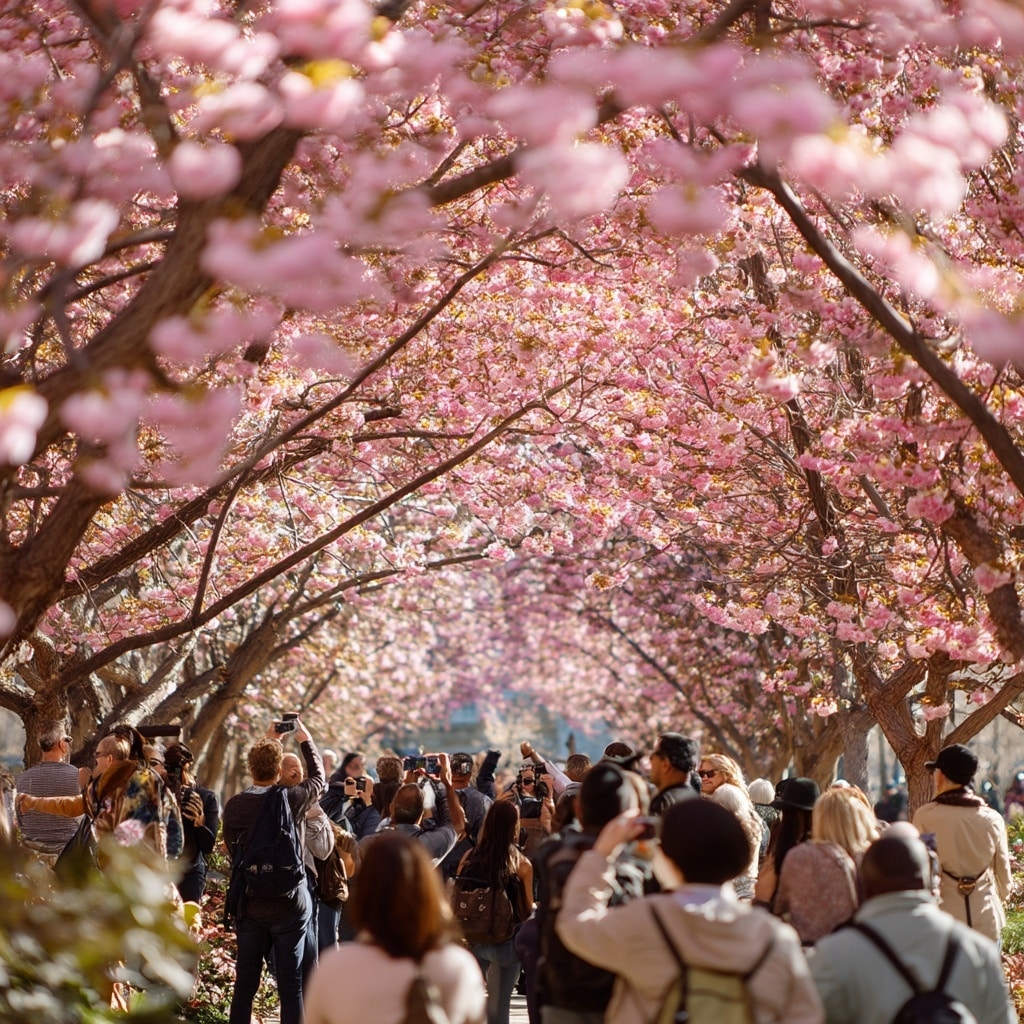
Each spring, millions of travelers flock to Japan, South Korea, and Washington, D.C. to witness cherry blossom season in full bloom. These trees have become major tourism magnets, supporting local economies with festivals, souvenirs, and photography tours. In Japan alone, the economic impact of sakura tourism reaches billions of dollars annually.
17. The Petals Are Used in Beauty and Skincare Products
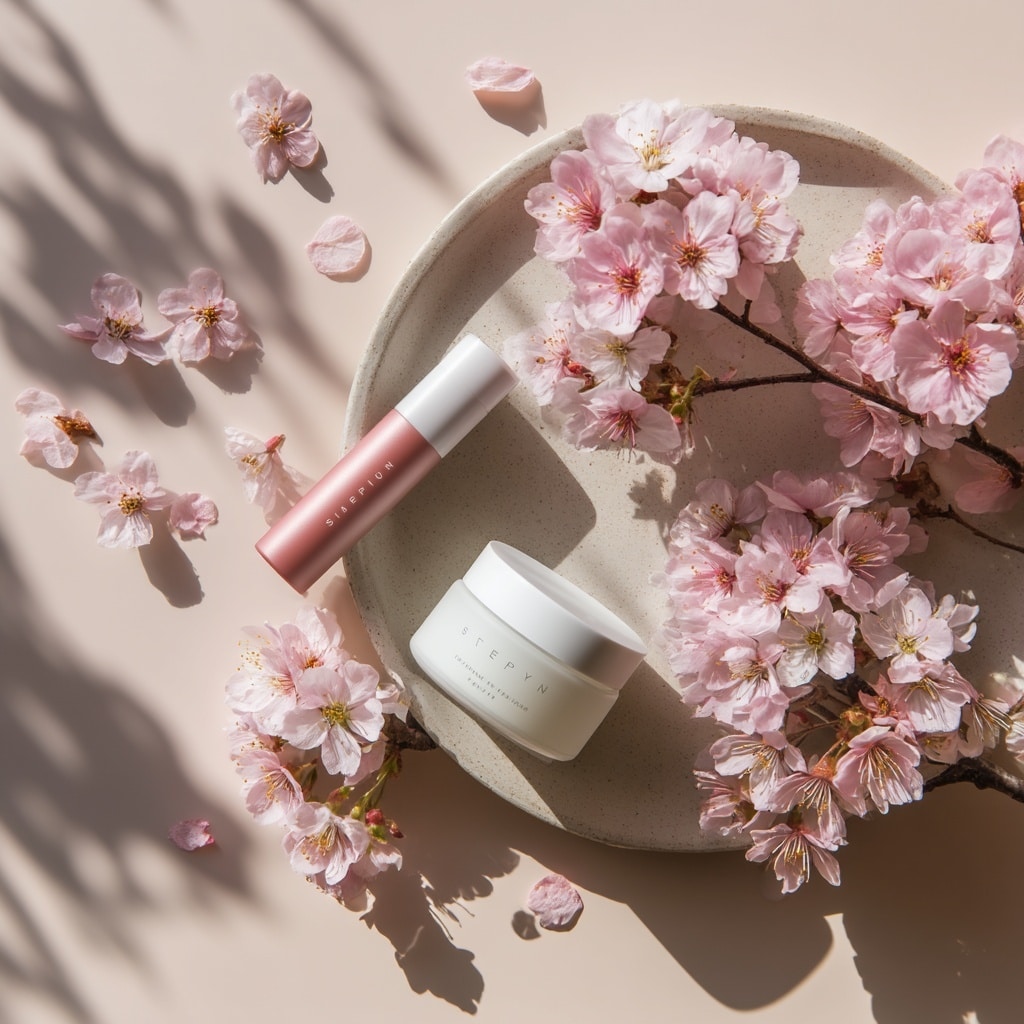
The extract from cherry blossom petals is rich in antioxidants, making it a popular ingredient in skincare and cosmetics. Its natural soothing and anti-inflammatory properties help improve skin tone and texture. Today, you’ll find sakura-infused lotions, perfumes, and face masks marketed as symbols of elegance and renewal.
18. Cherry Blossoms Are Featured on Coins and Stamps
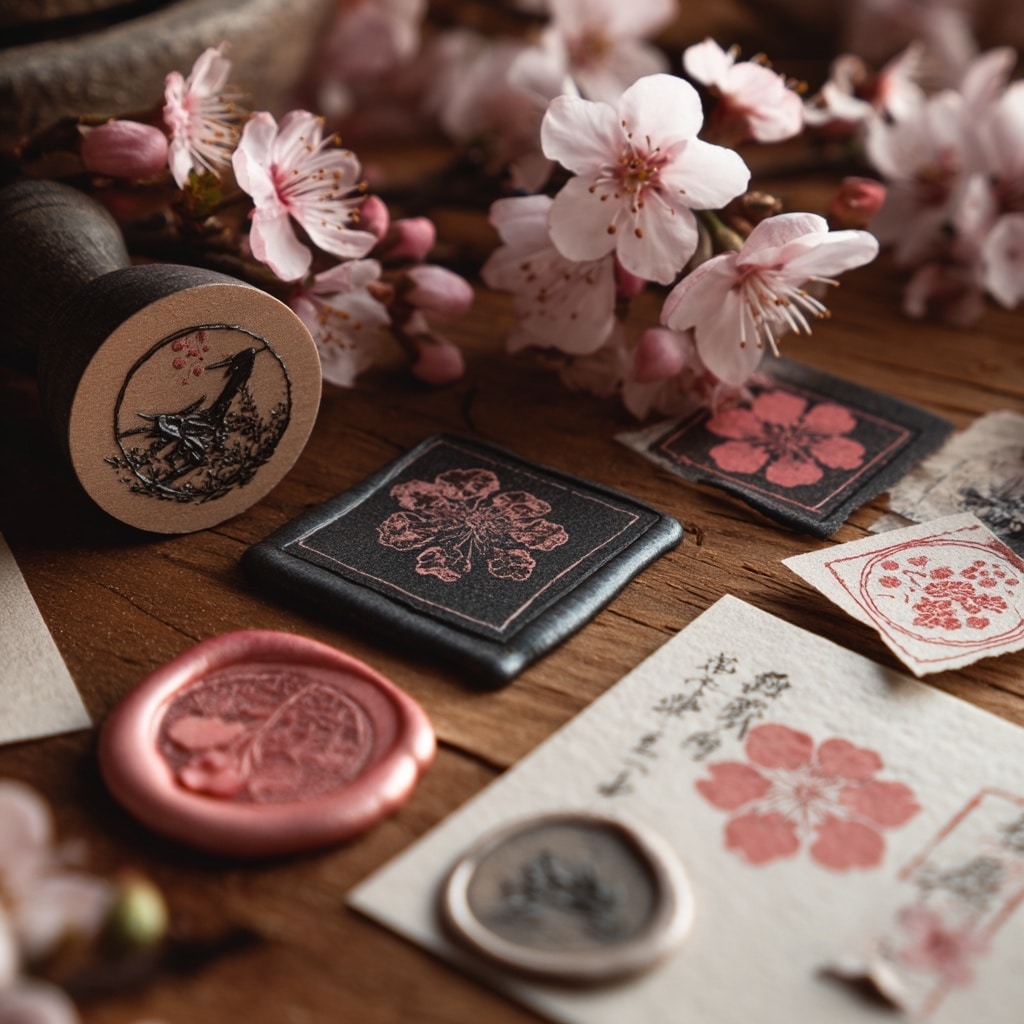
The cherry blossom holds such cultural importance that it often appears on Japanese yen coins, postage stamps, and even military insignia. It symbolizes beauty, strength, and national pride. Other countries that celebrate cherry blossom festivals, such as South Korea and the U.S., have also featured the flower in commemorative designs.
19. Some Cherry Blossom Festivals Include Traditional Tea Ceremonies

During hanami celebrations, it’s common to enjoy green tea beneath the blooming cherry blossom trees. The tea ceremonies celebrate mindfulness and harmony with nature. Guests often sip matcha while admiring the delicate petals falling around them, creating a serene and poetic atmosphere.
20. There Are Cherry Blossom Forecasting Apps
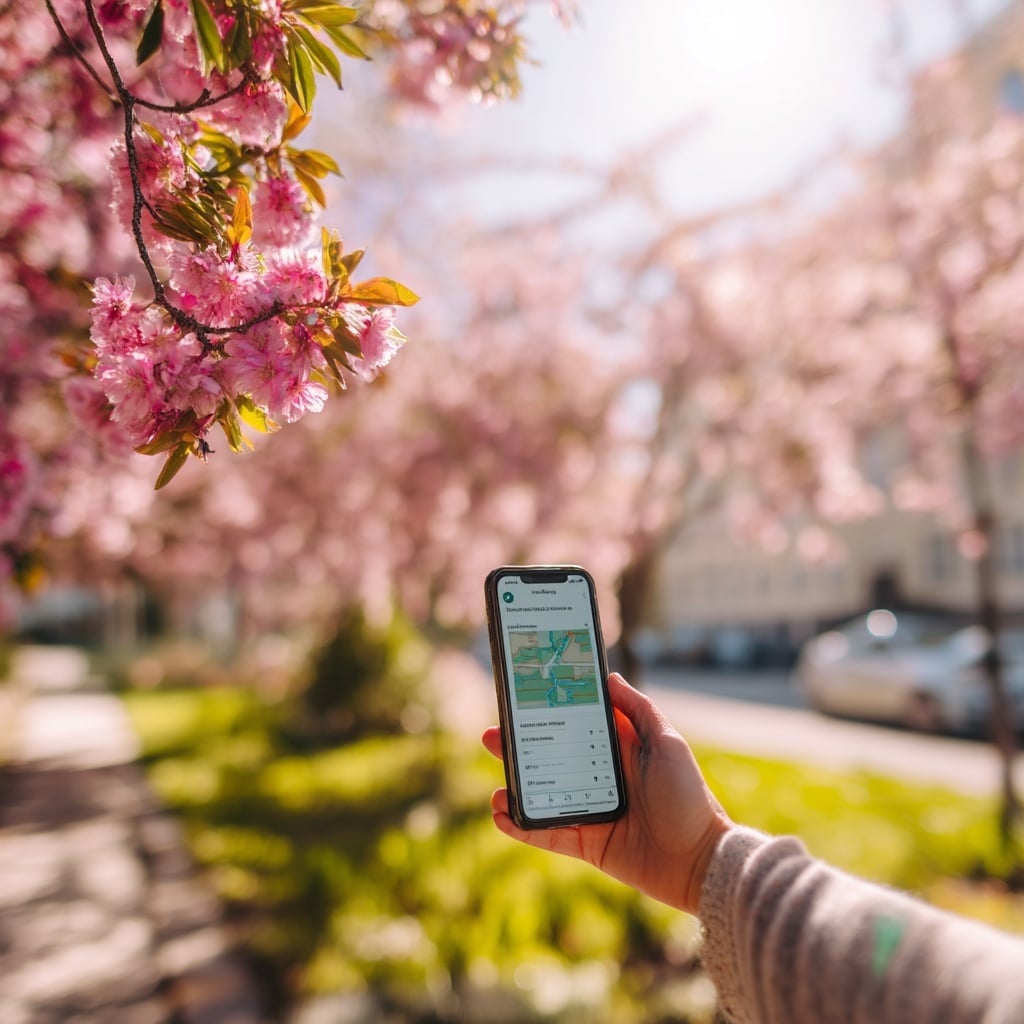
Technology now plays a role in enjoying cherry blossom season. In Japan and other countries, mobile apps and websites provide real-time updates on bloom status, weather patterns, and the best viewing spots. These tools help travelers perfectly time their visits to catch peak blossoms and avoid the early petal fall.
21. Cherry Blossoms Can Influence Mood and Mental Health
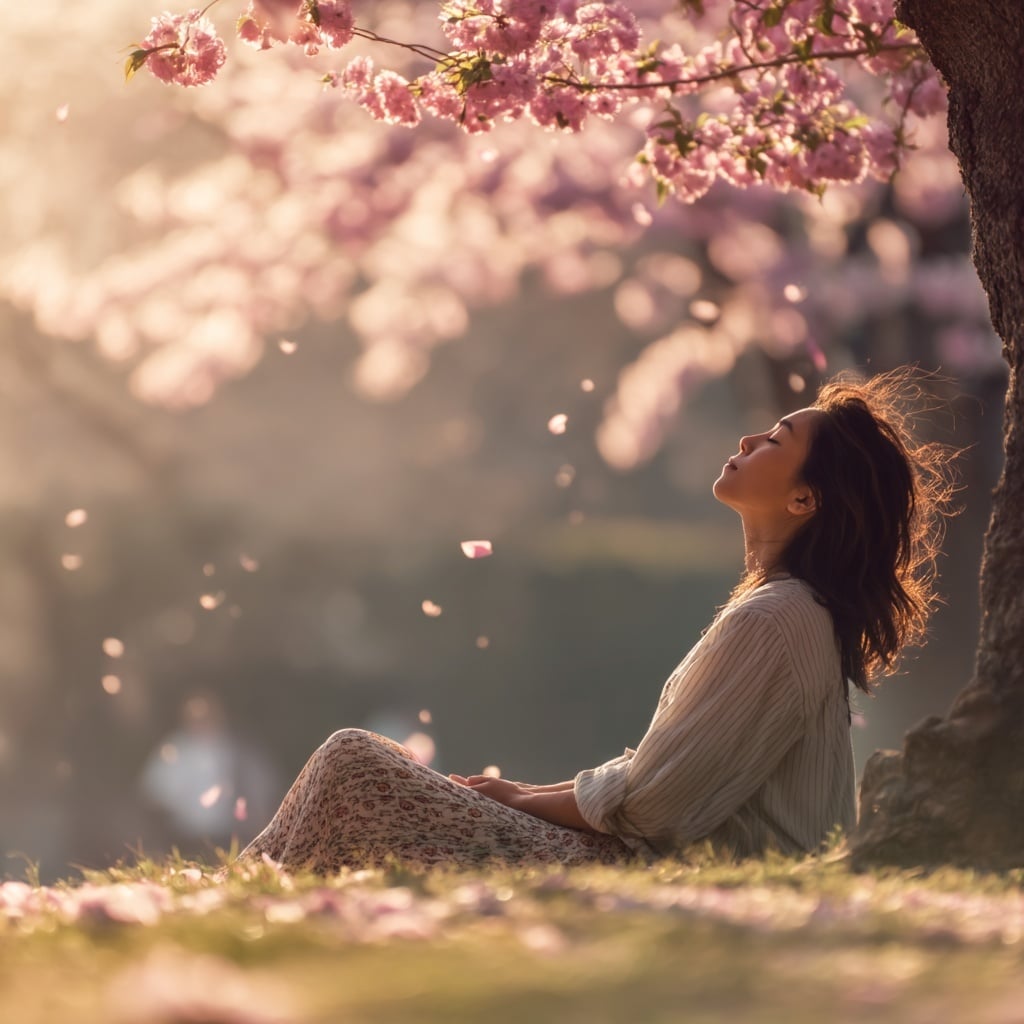
Studies show that spending time around cherry blossom trees can reduce stress and boost happiness. The soft colors and fragrant air promote relaxation, while outdoor walks during bloom season encourage mindfulness and connection with nature. Many therapists even recommend blossom-viewing as part of nature-based wellness routines.
22. The First Cherry Blossoms Bloom in Okinawa
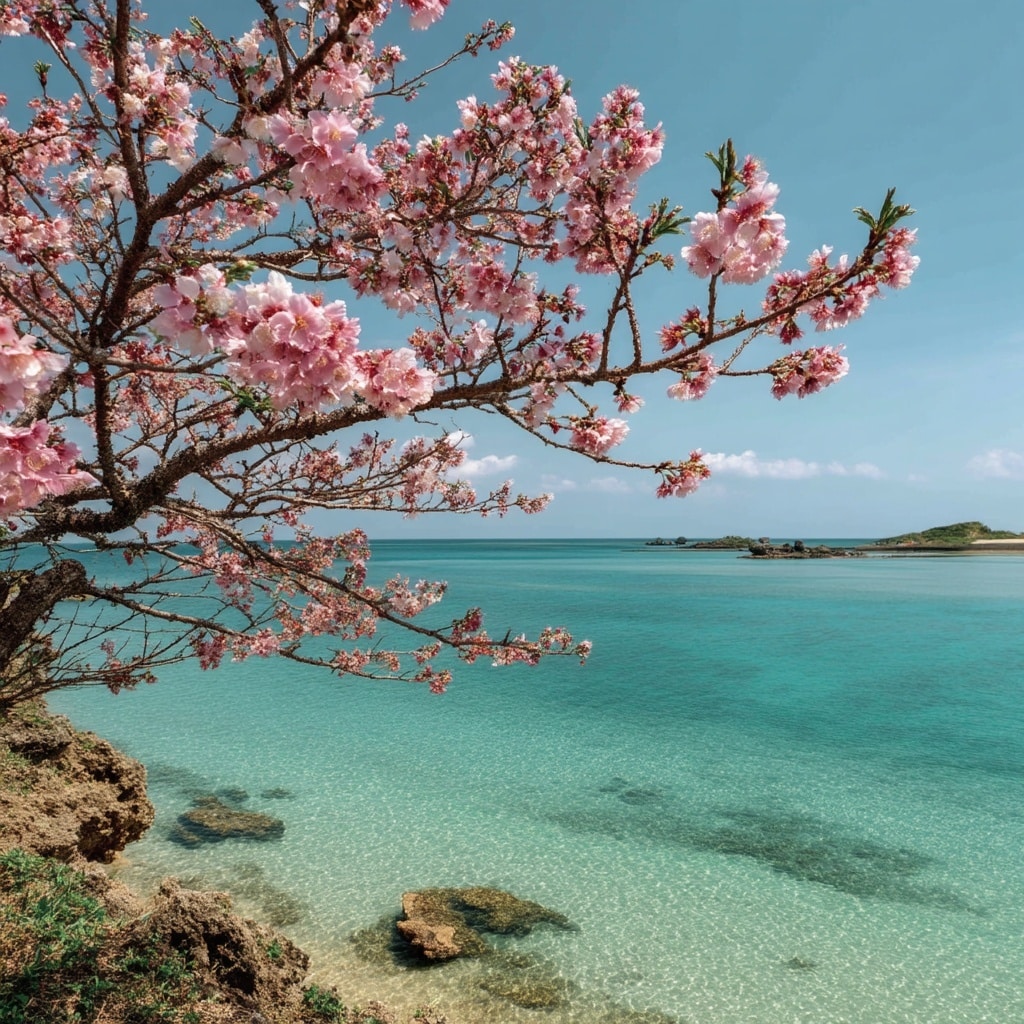
Japan’s cherry blossom season actually starts in the southern islands of Okinawa as early as January. From there, the bloom front moves northward through the mainland, reaching Tokyo around late March or early April. This staggered timing allows enthusiasts to chase the blossoms from island to island for months.
23. Cherry Blossoms Have Their Own Folklore
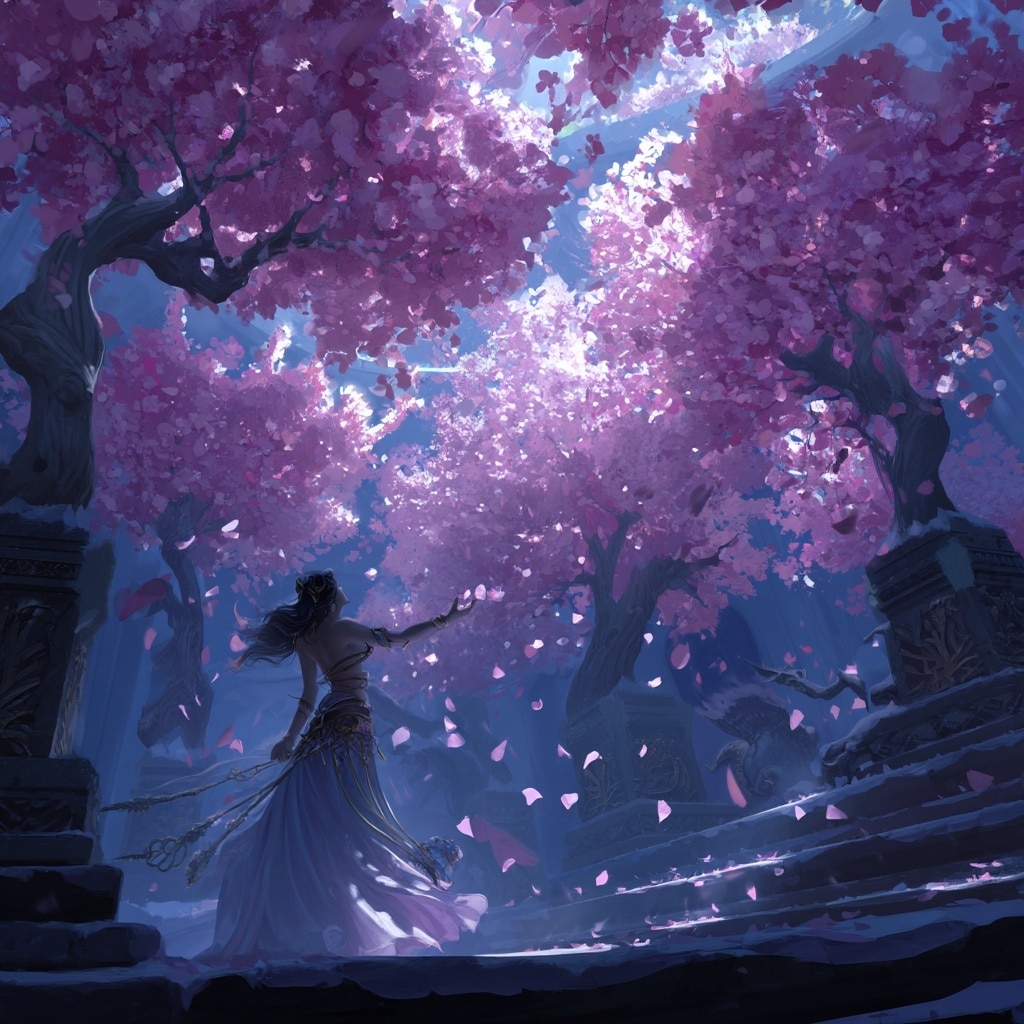
Japanese legends tell of a spirit named Konohanasakuya-hime, the goddess of cherry blossom. She symbolizes delicate earthly life and was said to cause the flowers to bloom each year. In other tales, the blossoms represent fallen warriors, linking beauty with bravery and sacrifice. These myths add a timeless, mystical quality to each bloom.
24. Artificial Cherry Blossom Trees Are Popular in Décor

Beyond gardens, artificial cherry blossom branches have become a global trend in interior design and event décor. Their elegant look brightens weddings, restaurants, and even hotel lobbies. High-quality faux blossoms mimic the softness of real petals, bringing the calming charm of spring indoors year-round.
25. Cherry Blossoms Are a Universal Symbol of Hope
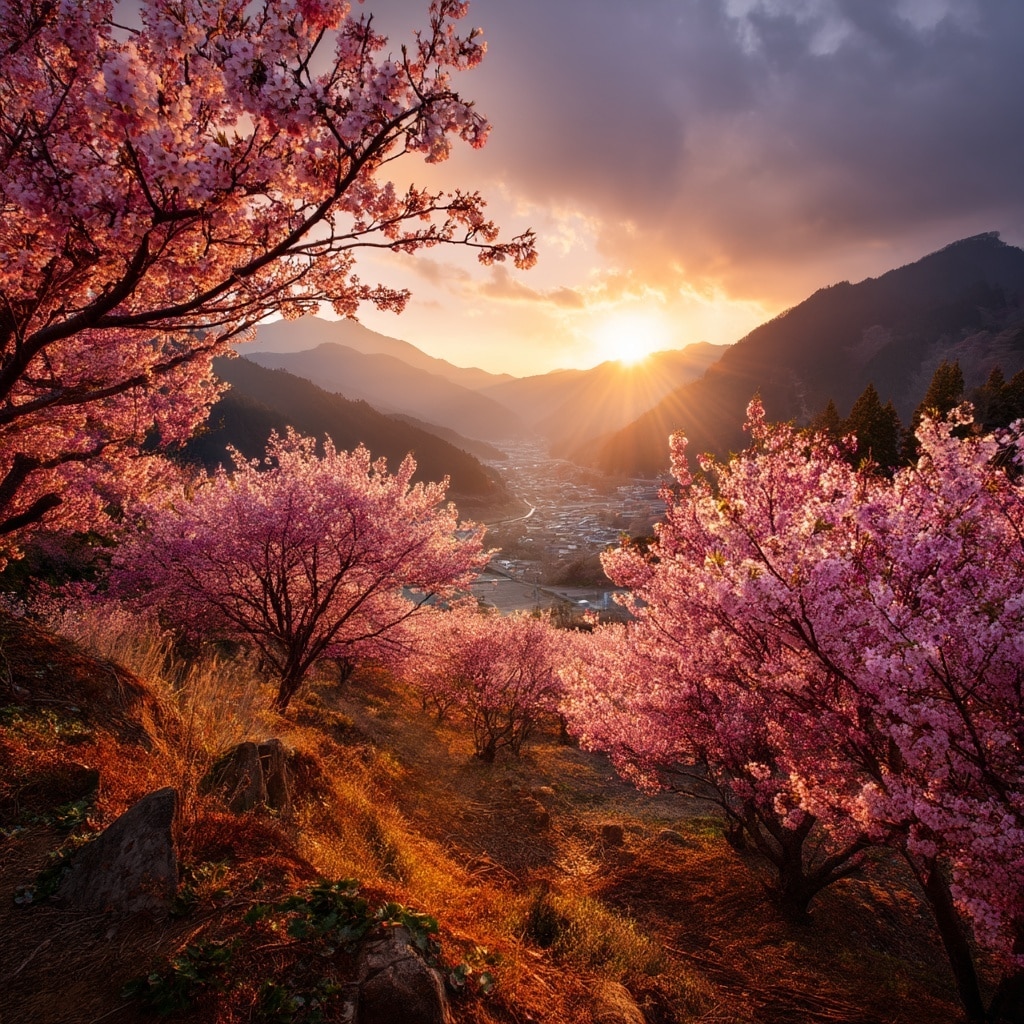
Across cultures, the cherry blossom represents hope, new beginnings, and the beauty of renewal. From Japan’s centuries-old traditions to modern celebrations worldwide, these blossoms remind people that every ending can bloom into something new. Their brief but radiant life cycle continues to inspire artists, travelers, and dreamers alike.
Conclusion
The cherry blossom remains one of nature’s most enchanting symbols—a fleeting yet powerful reminder of life’s beauty, fragility, and renewal. Whether admired in full bloom across Japan, cherished in a backyard garden, or displayed in art and culture, these blossoms capture hearts around the globe. As each petal falls, it carries a quiet message: beauty is temporary, but its impact lasts forever.

